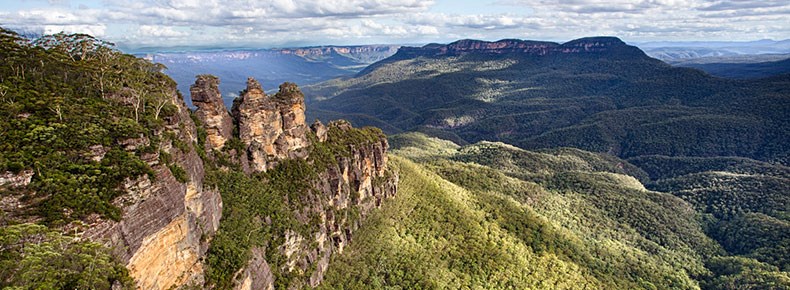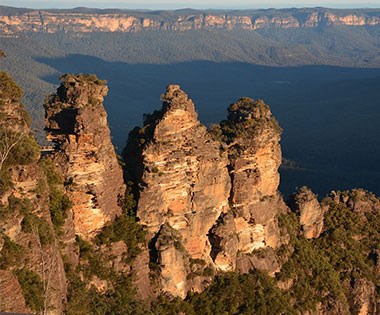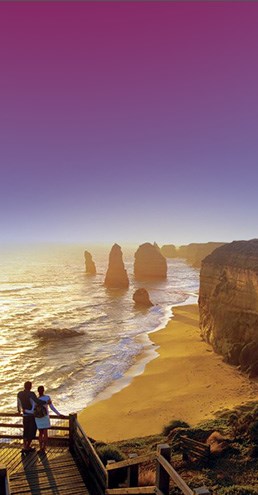
Why Are The Blue Mountains World Heritage Listed?
Sublime natural bounty and extensive eucalypt woods set the stage over an area of over 1.3 million hectares. An amalgam of woodsy hillocks and deep gorges, sandstone cliffs and tunnelling caves to vast open woodlands and mallee scrublands, it is a live amphitheatre of flora and fauna! Welcome to the Blue Mountains! Millions around the world have made the trip to Blue Mountains on a sightseeing day tour, attracted by the ancient mysteries associated with this iconic landmark.
As with all World Heritage listings, this one has also made the cut, due to many reasons! Blue Mountains’ diverse display of exceptional natural wealth and globally valuable ecosystem is what favoured it to find space in this wide-acclaimed listing. Its lush woodlands, rainforests and heathlands are home to a huge array of unique flora and fauna! To add to that, Blue Mountains reserves one of the most distinct and preserved scleromorphic forests (vegetation with stiff leaves and thickened epidermis) in the Earth’s temperate region!
Dating back to over 50 million years, the Blue Mountains houses 10% of Australia's higher plants, the protagonist of the region being the eucalyptus! Blue Mountains has 13% of the world’s total eucalypt diversity ranging over 100 classes – the greatest concentration in the world too! The diversity is such that 12 of the 100 exist exclusively in this area. The distinct blue tone of the Blue Mountains when seen from afar is also the result of a refraction game played between the sun and eucalyptus mist.
In addition to the eucalyptus forests, Blue Mountains also enfolds 10% of Australia’s vascular flora. The area has over 127 classes of rare flora and 52 species of threatened wildlife. In all, over 400 different animal species inhabit the depths of its wilds, ranging from tiger quoll, koala, yellow-bellied glider, brush-tailed rock wallaby, regent honeyeater, broad-headed snake, green and golden bell frog to the Blue Mountains water skink. The region is also home to Wollemi pine – a rare living fossil dating all the way back to the Mesozoic Era! Hence, conservation tops the list of priorities when it comes to Blue Mountains.
Add to it a strong legacy of Aboriginal historical connections, and up goes its significance! A ton of recorded sites offer evidence to Aboriginal and Torres Strait Islander tribe inhabitations of the area, with some dating back to over 22,000 years!
With such rich biodiversity and culture, being a World Heritage is just the best thing to happen to this nature trove. World Heritage status lends an international accredit to the area, second to none. Not only does it boost global tourism and contribute to growth in tourist revenue, it also aids in the essential task of conserving this unique biodiversity for the future. The funds that the site gets from the UNESCO body alongside qualified advice and technological aids to implement preservation measures are sure to help retain its untouched wilderness status.
A Blue Mountains day tour is enough to convince everyone of its significance, leaving no doubts as to why it is a World Heritage site. Visit, contribute to its conservation and enjoy the scenic Blue Mountains experience on a full day tour!

















